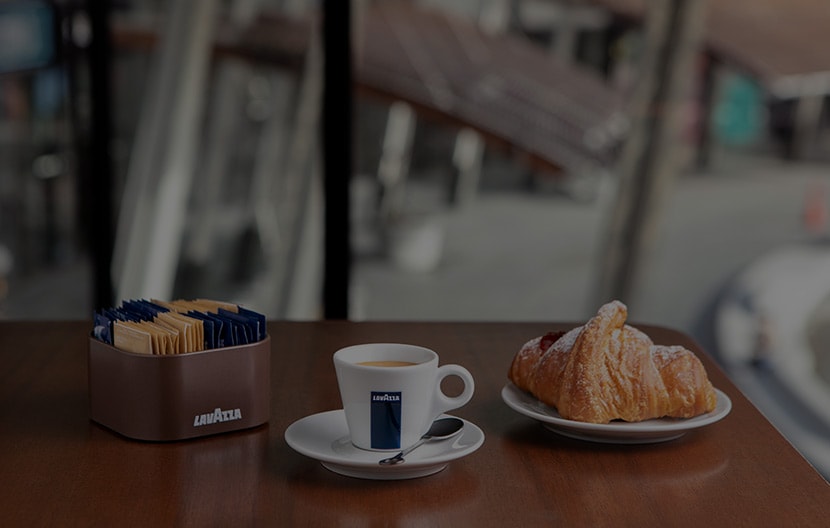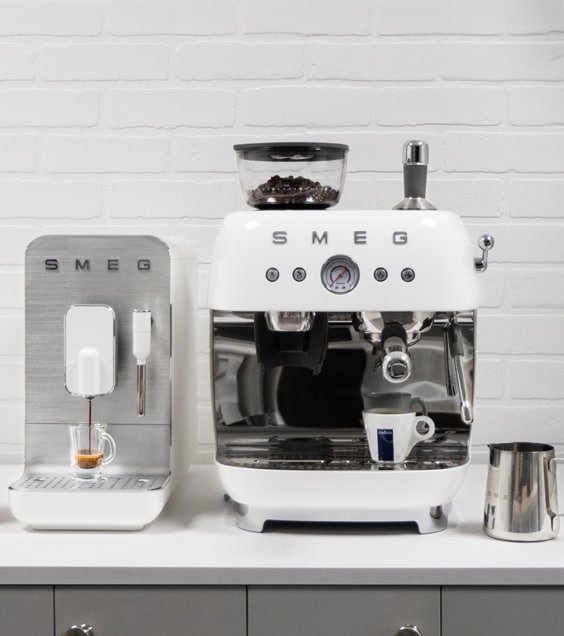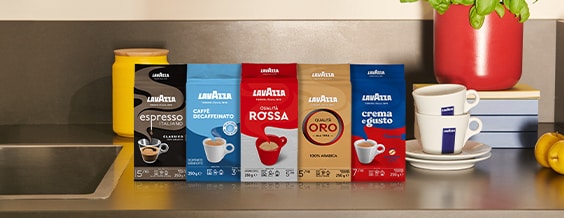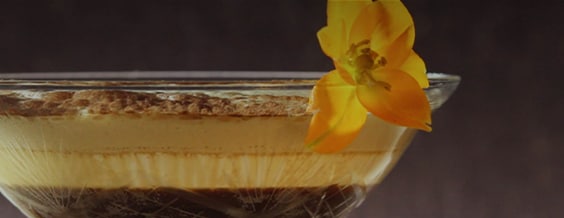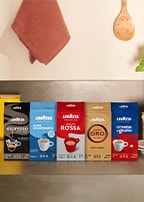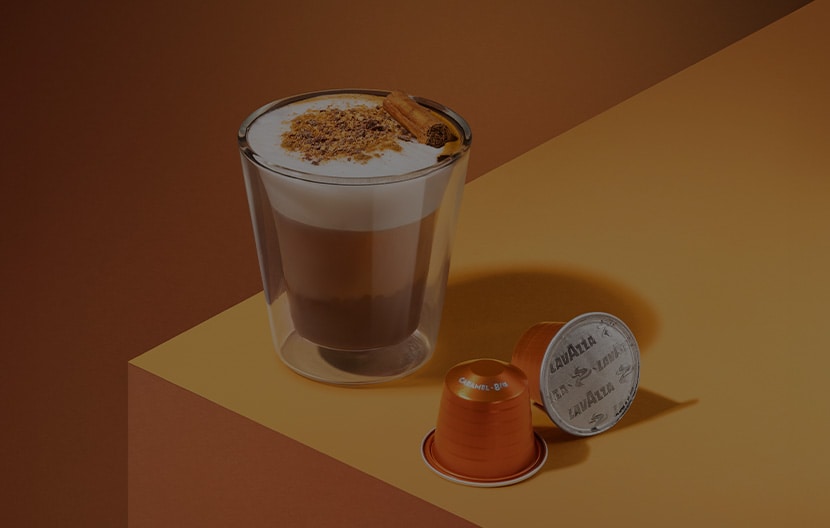*Lavazza is not affiliated with, endorsed or sponsored by Nespresso


Coffee tasting, an extrasensory experience
Just like wine, the flavour notes of coffee are just endless and each harvest has its own peculiarities. Affected in part by weather and altitude, soil and cultivar play an important part from this point of view, just as well as a series of processes including transport, roasting, grinding and brewing. Let’s get into the world of coffee tasting, in order to find out everything you have to know about this fascinating kind of experience.
Taste coffee like a real expert
How to taste coffee? Cupping is a rapid and reliable yet subjective technique among the most popular ones used to taste, evaluate and measure the quality of coffee. Although several recent methods involving technology have recently turned out to be more precise, it is still very popular among coffee experts and insiders around the world.
Cupping focuses the following features: cleanness, sweetness, acidity, mouthfeel and aftertaste, allowing you to taste the subtle notes of the beverage. According to its process, hot water is initially poured onto freshly roasted and ground beans directly into the cup. The brew is left to steep for three to five minutes. At this point, the infusion is mixed and the foamy head removed. You need to let your coffee cool before tasting. This will allow you not to burn your tongue and will let the flavours emerge.
Apart from being a quality control method, cupping is a formidable way to increase your knowledge in terms of coffee. It allows you to discover how to identify and classify a number of differences about many aspects, including countries of origin and cultivars, helping to define and build your taste.
Comparing is definitely one of the most useful suggestions, since it will let you find out and explore different tastes and flavours. At first, you may actually relish the nuances while focusing how your coffee tastes like. Is it more likely to hold a nutty or chocolaty aroma or fruity notes recalling berries?
Remember that although tasting is an ability that can be practised, it takes a while before becoming an expert.

Knowing how to recognize the characteristics of coffee
When you are up to tasting coffee, you are invited to compare several different qualities by considering four tasting characteristics:
Aroma – The smell of coffee, which can be earthy or spicy, floral or nutty, or yet different.
Acidity – Tangy quality or tartness, this feature has not to do with the pH level of the coffee. You can properly feel the acidity both on the sides and the tip of your tongue, but also at times on the back of your jawbone, just the way you do when tasting citrus. With their clean finish, coffees holding high acidity are identified as bright, crisp and tangy, while low-acidity ones feel smooth and linger in your mouth.
Body – It refers to the weight of the coffee on your tongue and can be light or full. Light-bodied varieties do not linger, contrary to the full-bodied ones.
Flavour – It is about the way coffee actually tastes like, as one can feel in different parts of the mouth. Immediate or subtle, citrus, cocoa and berries are among the possible flavours the taster might experience.
The taste of the best coffee in the world
What is the best tasting coffee in the world? Whether we are dealing with Tanzanian Peaberry or Sumatrian Mandheling, timeless Ethiopian Harrar, Guatemalan Antigua or Mocha Java Coffee, there is no specific ranking, since the key factor is essentially personal preference. When it comes to top rated coffees, it is all about the consumer’s subjective inclinations.
Taste is to be considered as an individual experience mostly affected by genetics, whose impact on your brain is substantial. Therefore, do not listen to coffee connoisseurs! Similar to wine tasting, remember the best tasting coffee experience is the one you put in place by yourself.
